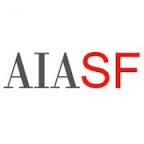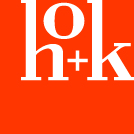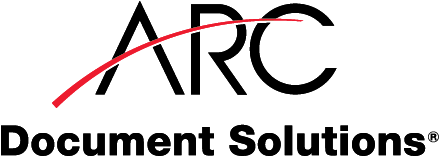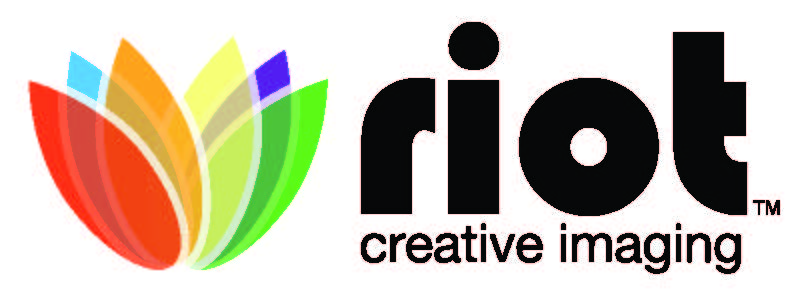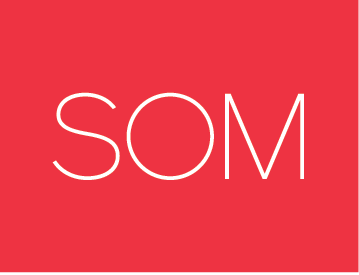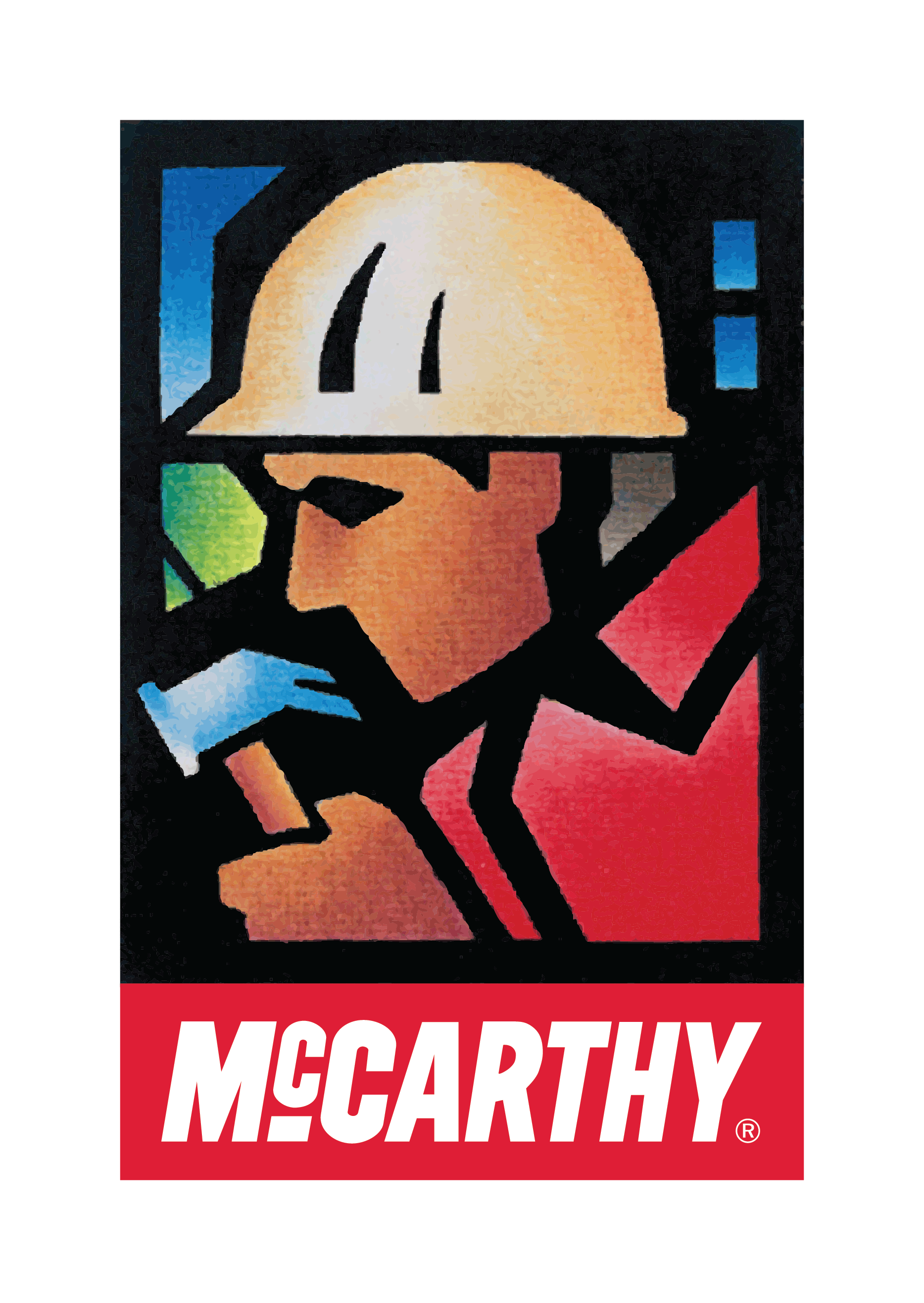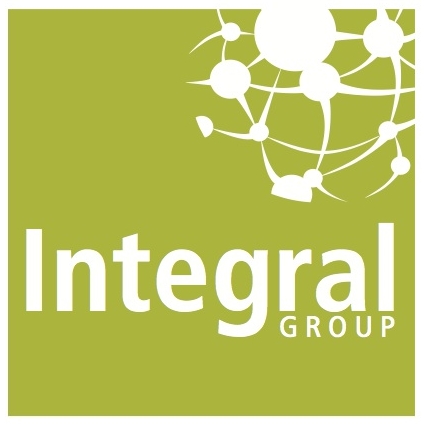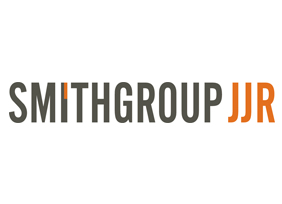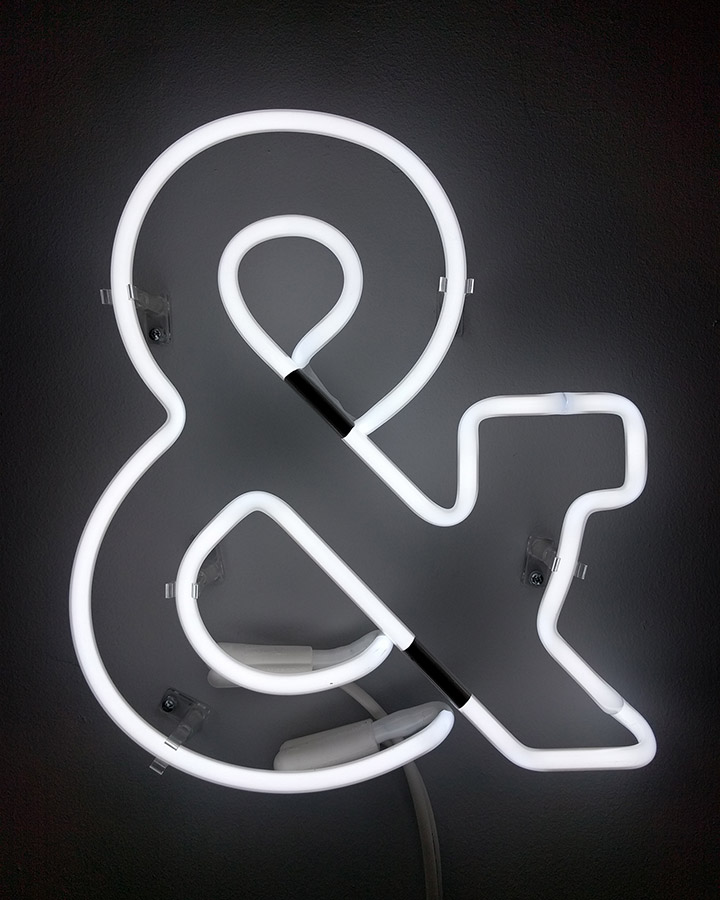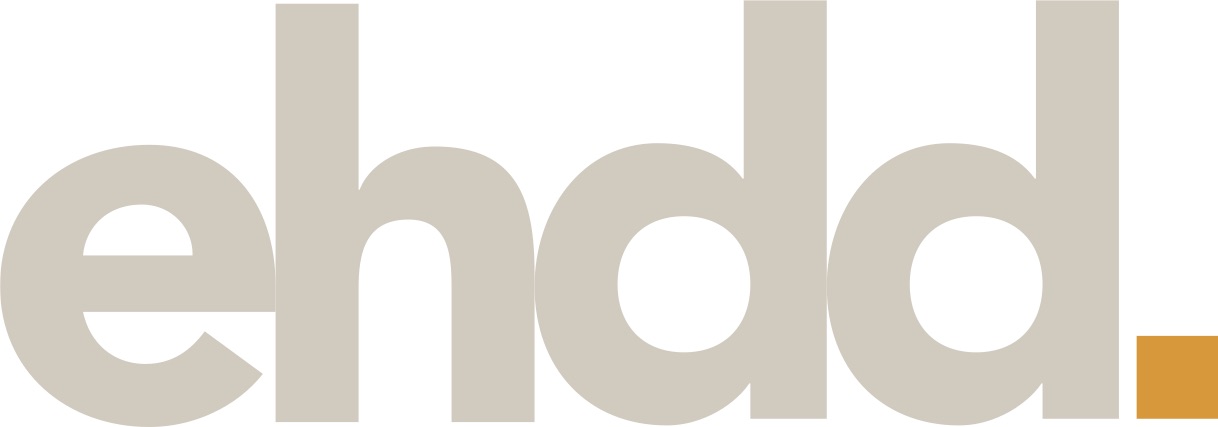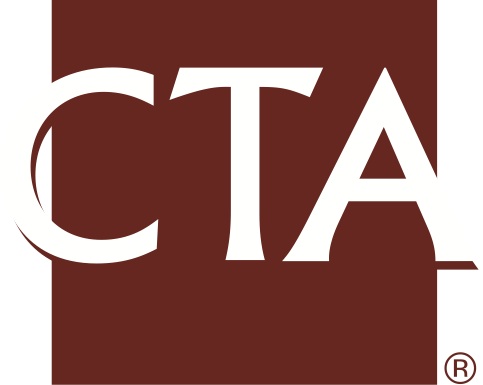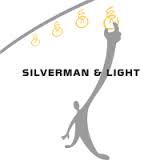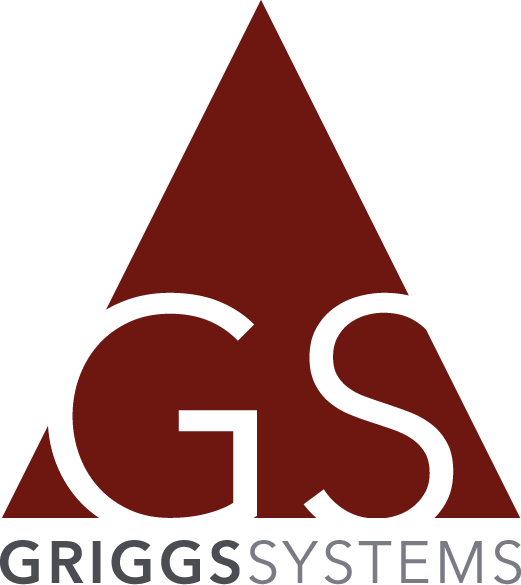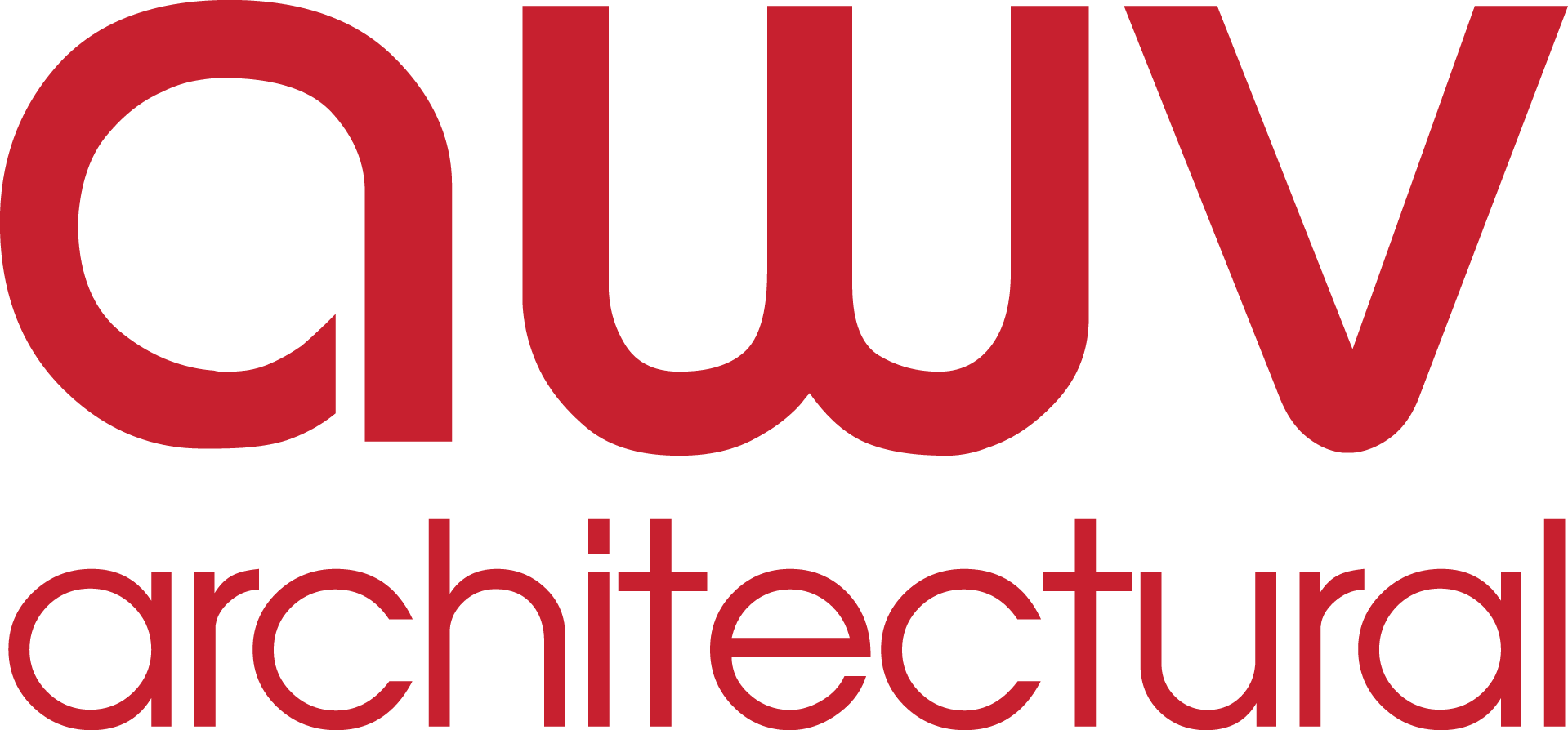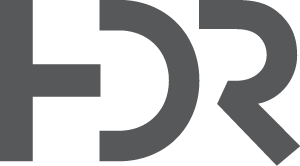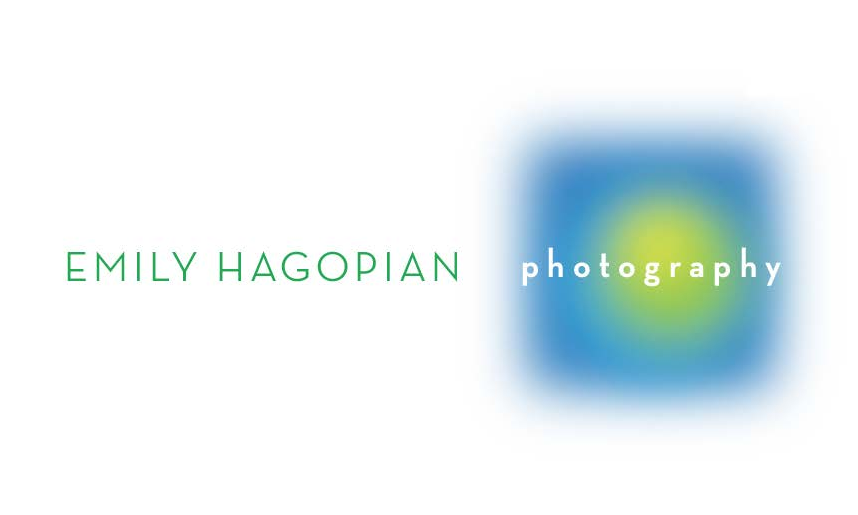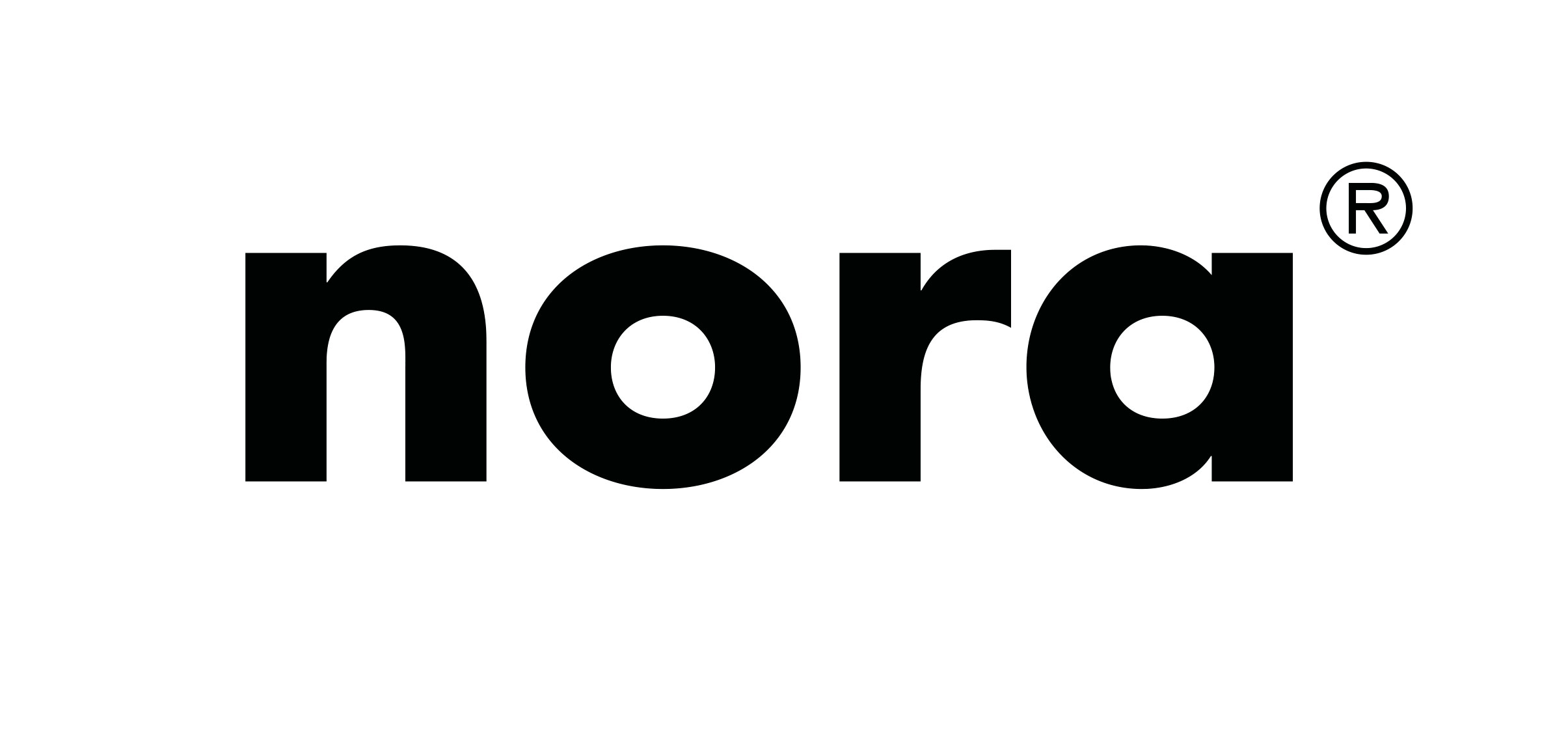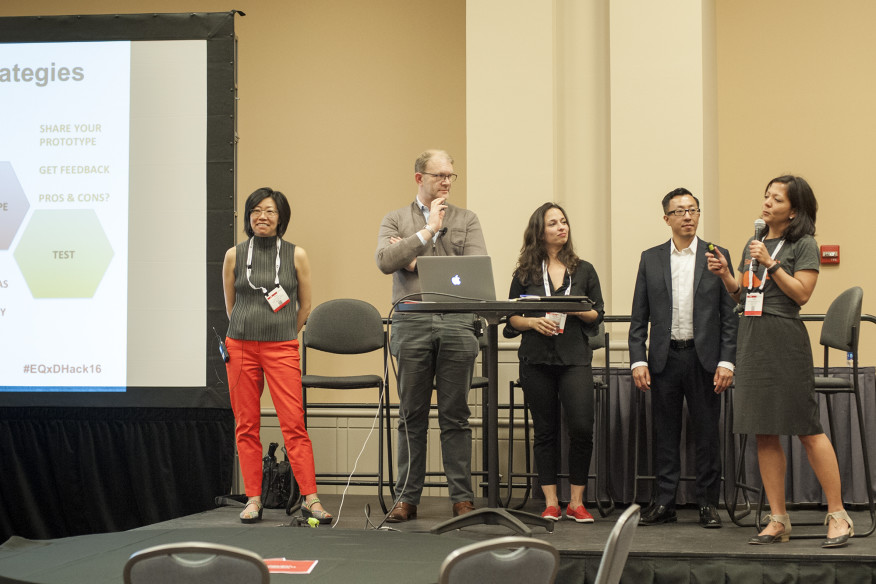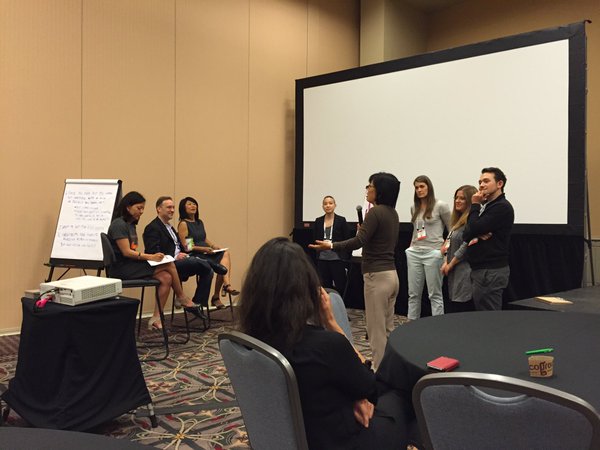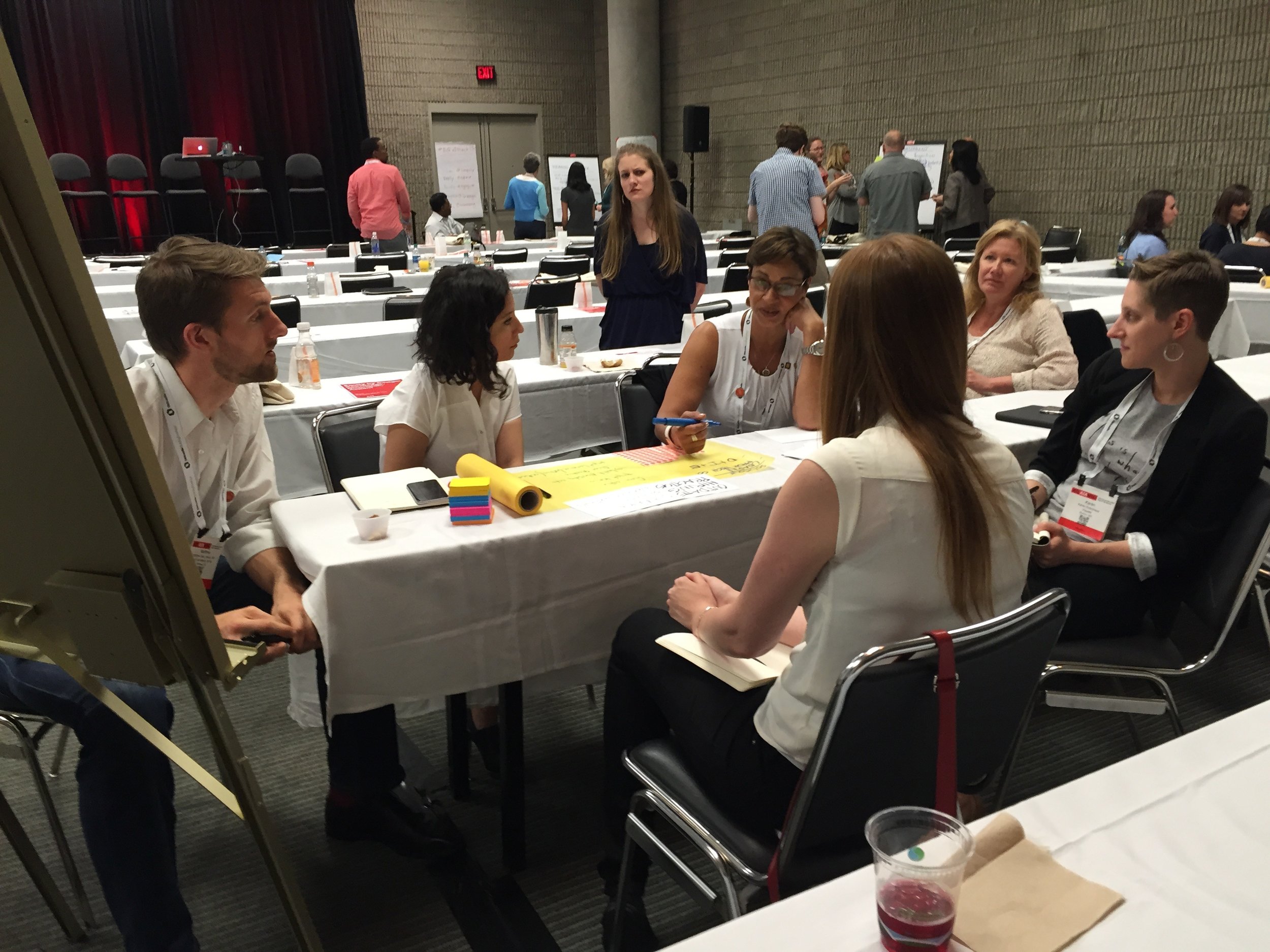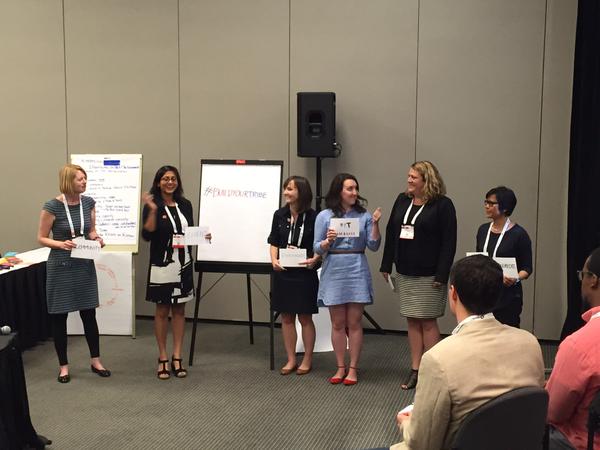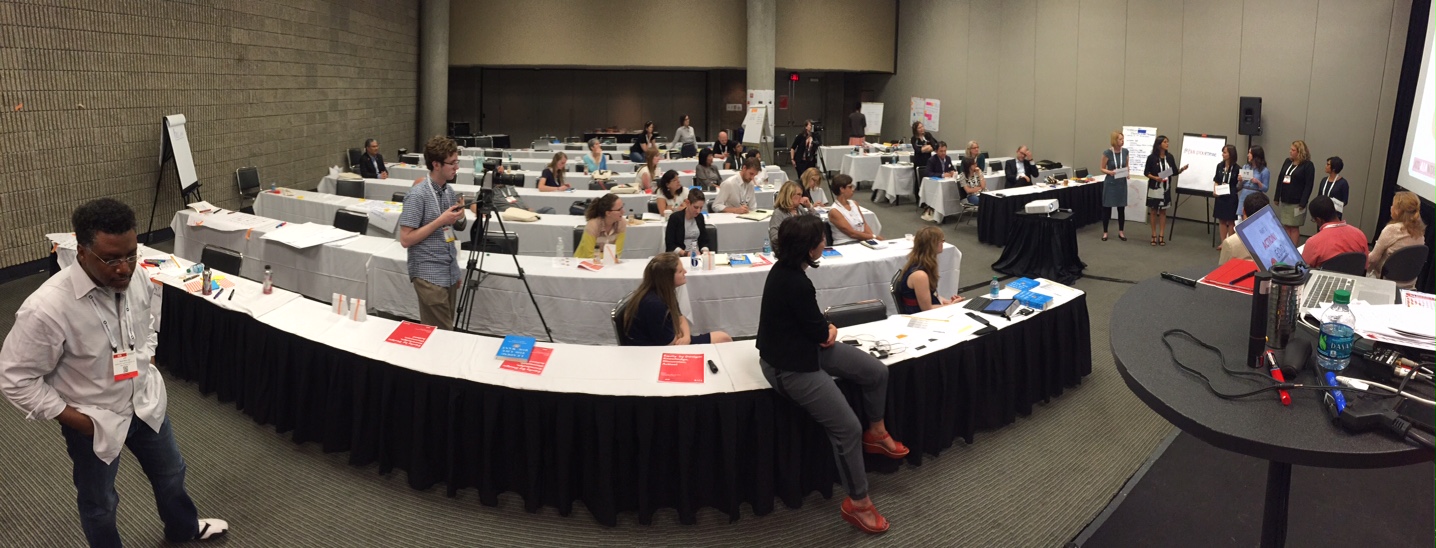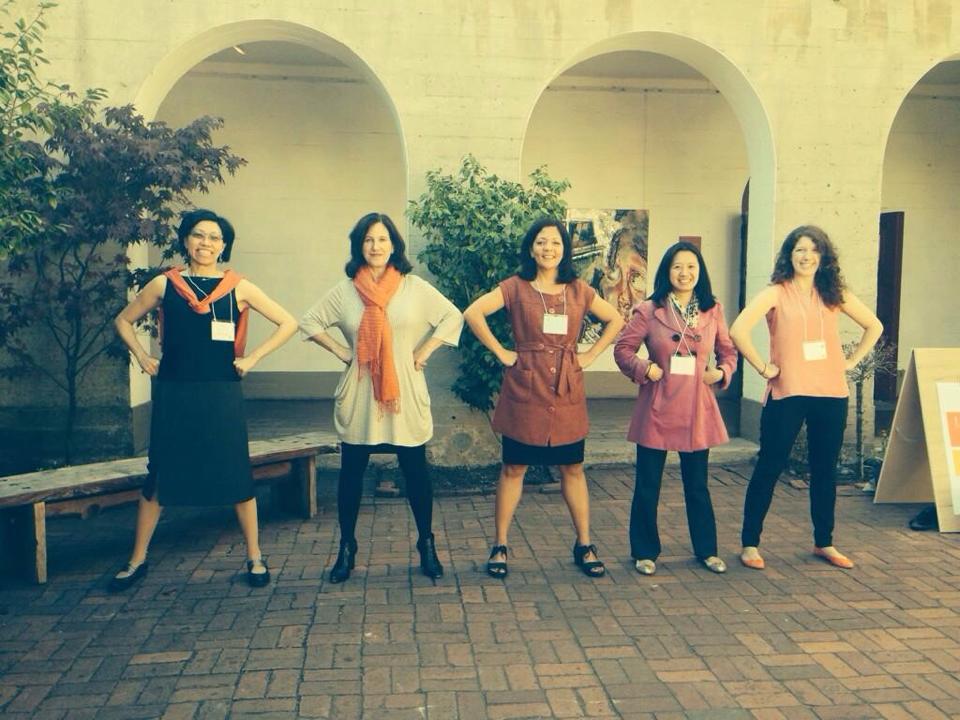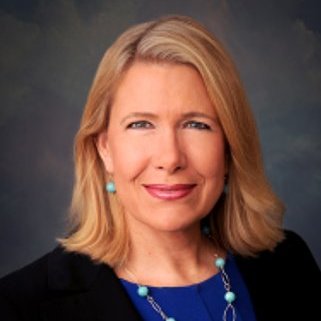Equity by Design is excited to announce that we will be providing our 3rd year of Scholarships to attend the much anticipated Pre-convention workshop EQxD Hackathon [WE304] at A'17 Conference on Architecture in Orlando. This year's theme will be Architecture and the Era of Connection (and Disruption) on Wednesday April 26th from 1-5pm located at the Orlando Convention Center. The #EQxDHack17 Happy Hour will follow at a nearby location from 5:30-7:30pm to announce the winners.
The scholarship is focused on providing access for Architecture School students, recent graduates, emerging professionals, and newly licensed architects to this "not to be missed" un-conventional workshop.
Please note that the EQxDHackathon scholarship winners gain access to this workshop only ($225 non-transferable value) and you will still be responsible for all other fees associated with attending the AIA Conference on Architecture in Orlando (A'17) . There are special discounts on convention registration fee for students, emerging professionals and new AIA members. Volunteer opportunities are also available in exchange for registration fees. (Please contact: conventionvolunteer@aia.org ) Early Bird discounts apply until February 15, 2017.
Scholarship applications will be accepted from January 30th thru February 17th w/ scholarship winners announced by March 3rd.
A'17 Early Bird Registration Ends 2/15 -
You must be registered to attend A'17 to be considered for the scholarship. So please register first and if you win the scholarship, we will assist with registration for the workshop shortly after the winners are announced [WE304] #EQxDHack17
THANK YOU #EQXDHack17 Sponsors
We are grateful for our EQxD Sponsors for Supporting the EQxD Hackathon Scholarship and Happy Hour! In addition to AIASF 2017 Sustaining Sponsors, we would like to recognize the our EQxD Hackathon Champions here!



